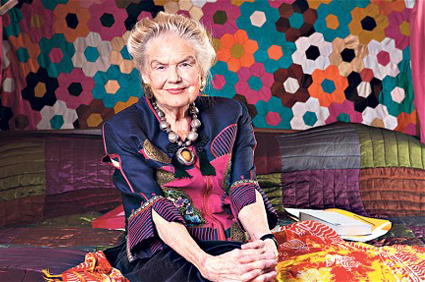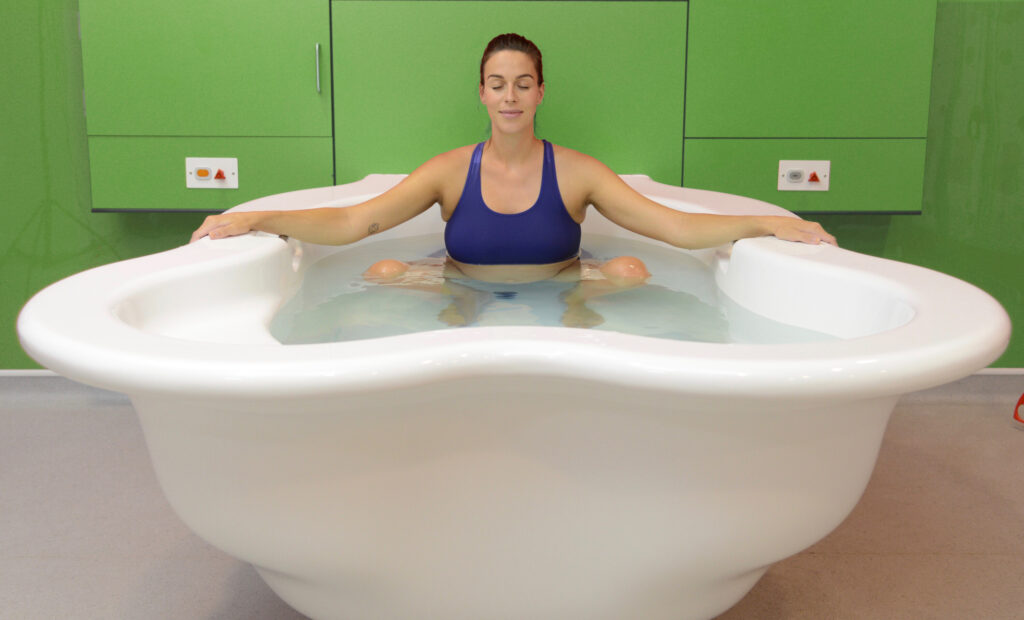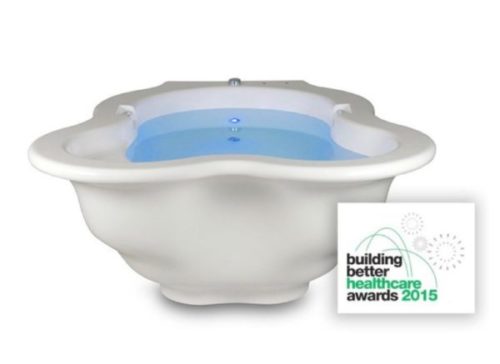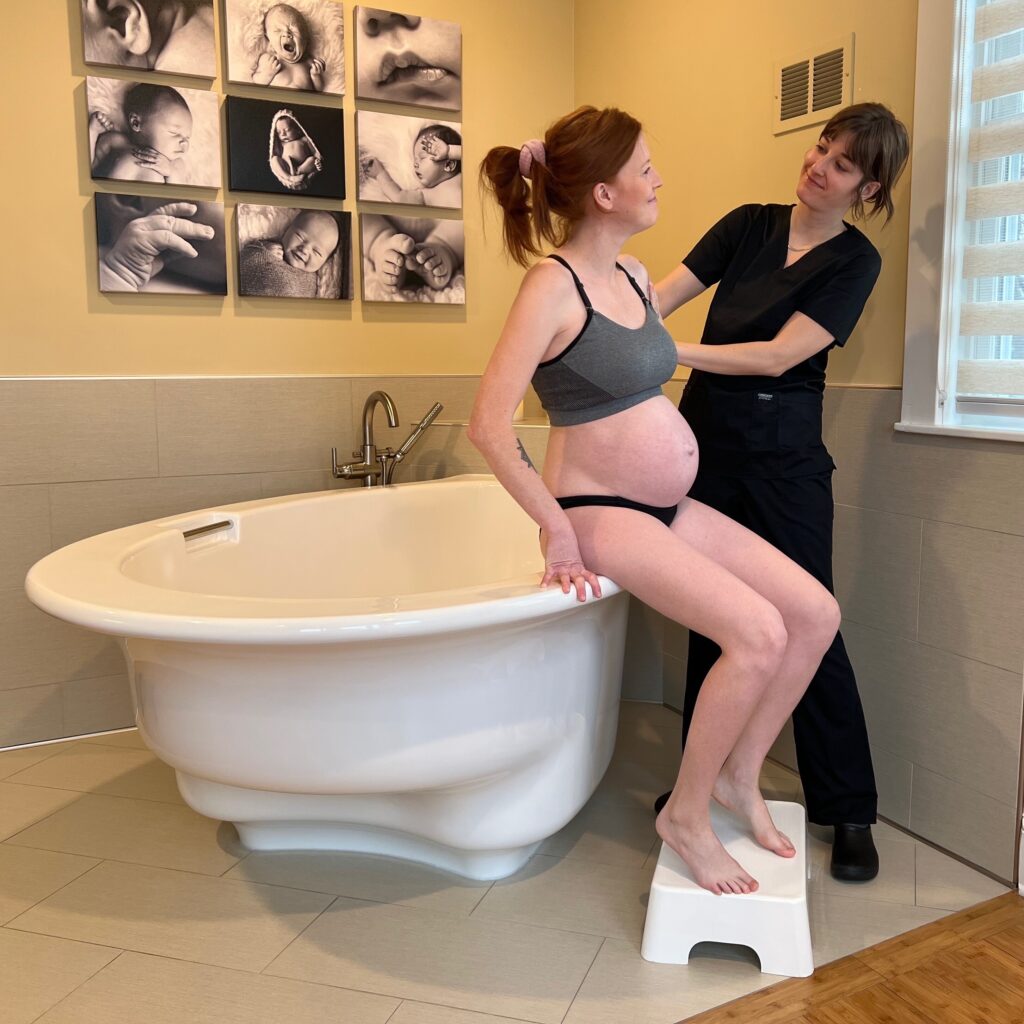Originally published December 11, 2014
World-renowned social anthropologist and birth activist Sheila Kitzinger (1929-2015) was a strong advocate for birth in water, known as waterbirth.
A voice for the ability for every woman to choose, Sheila believed that waterbirth should be an option in mainstream maternity care.

In this piece for Birth Institute, Sheila outlined some of the myths surrounding the birth method, and provides evidence that, in fact, waterbirth is a safe, effective and empowering birthing option.
Learn how to support women through labor and delivery in water. Become a midwife!
Waterbirth is often discussed as if it were a novelty – and a dangerous one at that. It has been assumed to be something that “dropouts” and “weirdoes” choose, or that it is just a recent, passing phenomenon.
In truth, birthing in water is a safe and widespread practice among hospitals in the UK and Western Europe – including Switzerland, Italy, Spain, Portugal, Malta, Denmark, Norway and Finland.
Furthermore, most practices aren’t as new as we think (the Ostend Aquanatal Centre in Belgium has been going strong since the late 80s), and waterbirth practices are here to stay.
Birth in water is safe and effective
Swiss study reveals that when using a pool women require less analgesia, have a lower incidence of perineal trauma, and reduced blood loss at delivery.
NICE (National Institute for Health and Care Excellence) concludes that waterbirth ‘provides the safest form of pain relief’.
There is evidence that being in water improves uterine contractility and speeds dilatation. So, awoman giving birth in water is less exposed to interventions, including artificial augmentation of uterine activity, and is more likely to feel happy about her birth experience afterwards.
Yet that may not only be due to the water. Labouring women who give birth in water have more one-to-one care from a midwife they have come to know.
This, combined with a relaxed environment in which the pool is used, contributes to the positive results. More first time mothers have spontaneous births in a freestanding midwifery center or at home than those in hospital.
In the UK, the NHS (National Health Service) states that women should be able to use a pool if they wish, and recommends one be available for every thousand women.
This option has become part of mainstream maternity care, and approximately 75% of all hospitals in the UK have installed birthing tubs.
Many community midwives are eager to raise the homebirth rate, and portable pools, designed to be used by just one woman (to avoid cross-infection), are selling well.
Complicated waterbirthing pools are not necessary.
Chairs, stools and other contraptions restrict movement, and when a woman is immobilized she is more likely to need obstetric intervention.
Francoise Freedman of Birthlight in Cambridge suggests using a pool at home to explore yoga movements during pregnancy.
These include hip-openers, kneeling stretches, and those to prevent and ease back pain, and others for ribcage expansion and pelvic floor toning.
The warm water acting as a cushion also makes a comfortable space to practice perineal massage.
Waterbirth is here to stay
Midwives keen on home birth and waterbirth were once seen as dissidents and mavericks.
This has changed now – so much that in the UK, it is common to encourage women to choose to labour, and perhaps give birth, in water and in their own home. Pregnant women and midwives are being empowered now.
Every midwife-run and staffed birth center for low risk women offers pools, and midwives are beginning to develop the skills to use them. There is a feast of research from which midwives can learn more.
Ethel Burns, Waterbirth Practitioner, Research Midwife and Midwifery Teacher, and I have drawn up recommendations for practice in a paper available from Oxford Brookes University (read it here).
Sheila Kitzinger (1929-2015) was a social anthropologist of birth and an advocate of home births. She believed that women have the right to decide the place of birth and kind of care they prefer, and to make an informed choice, based on research and their own values.
Women suffering post-traumatic stress after birth would ring her for help, seeking the confidence to deal with it. For years she worked with mothers and babies in prison and asylum centers. She lectured all over the world and her books are published in 23 languages.
Exploring movements in Water
Sheila was a keen proponent of water birth.
Her wonderful article gives us examples of the type and range of movements natural to labour and birth that mothers explore in water.
The pool in the photos is an original Oval Portable Water Birth Pool circa 1987 – to my knowledge the first specially designed portable water birth pool ever produced.
Please click here for a copy of Exploring movements in water:








